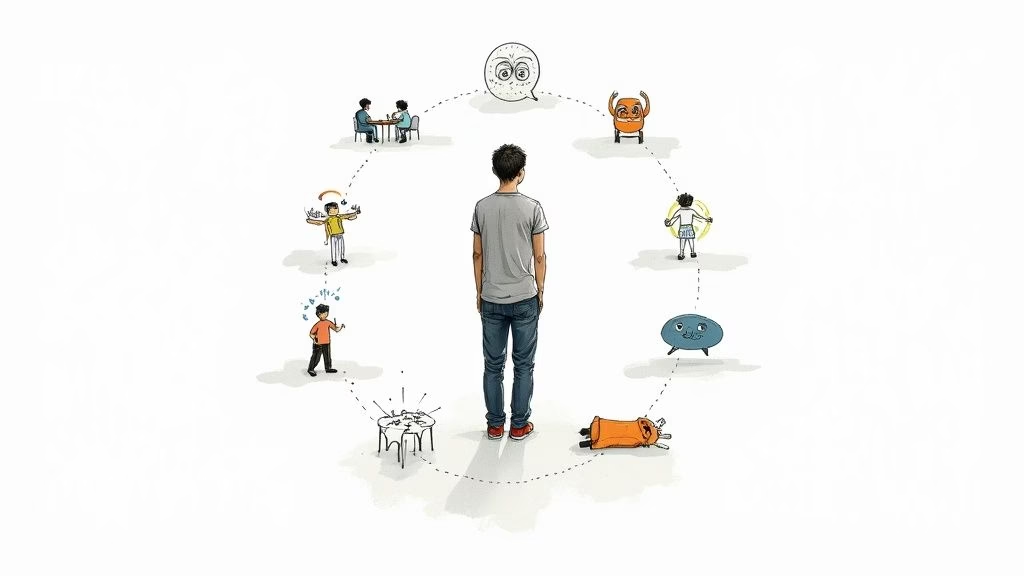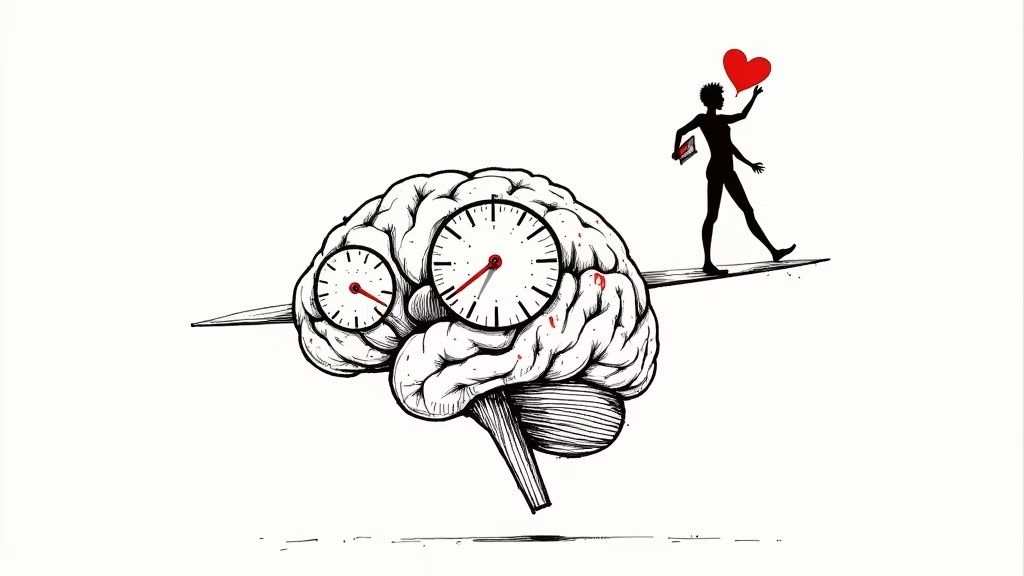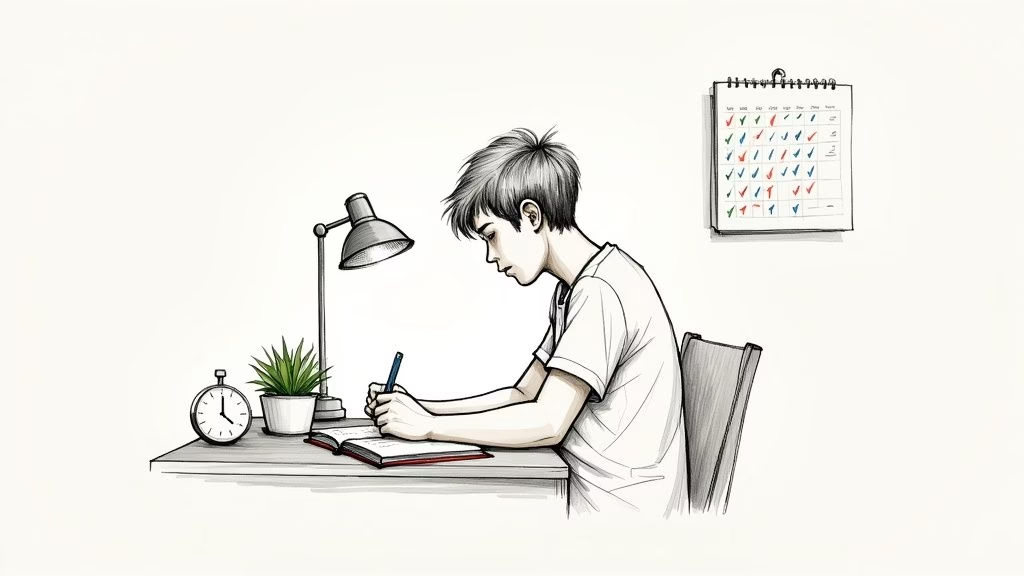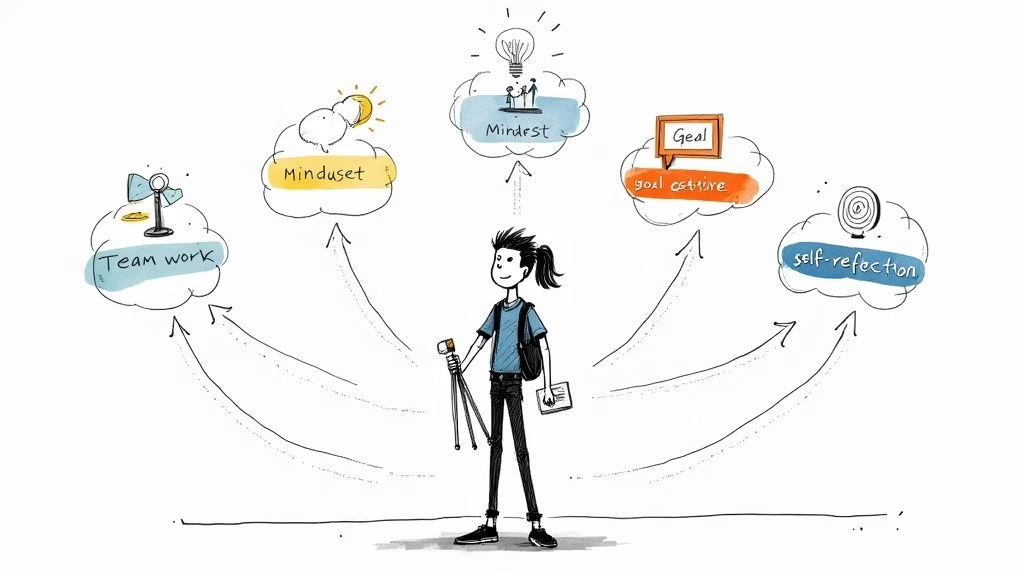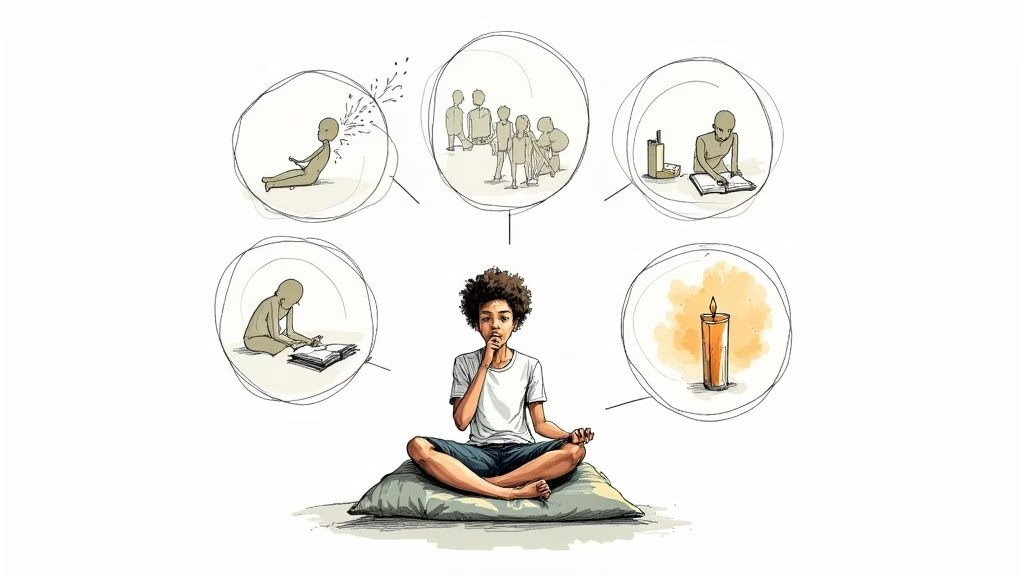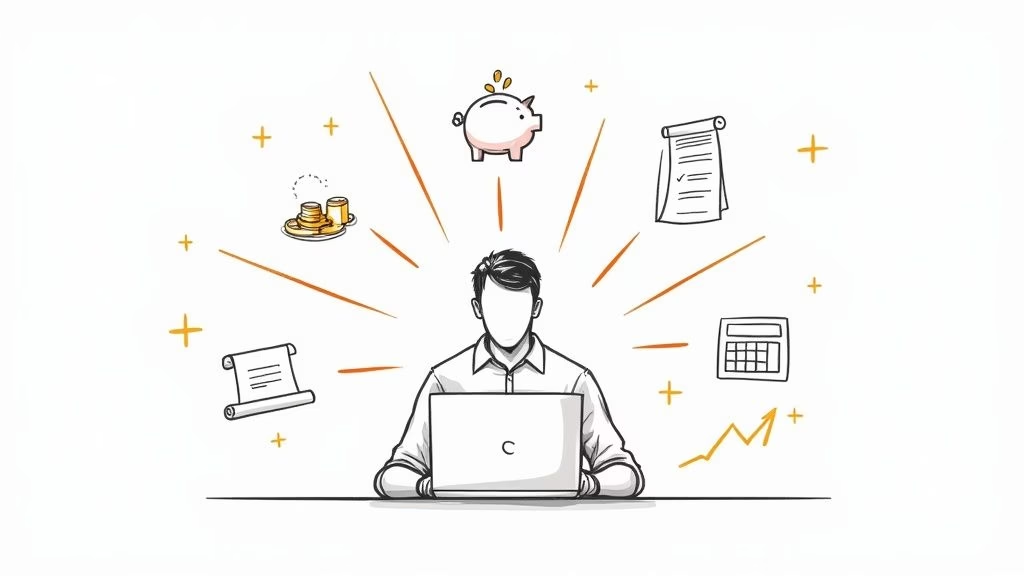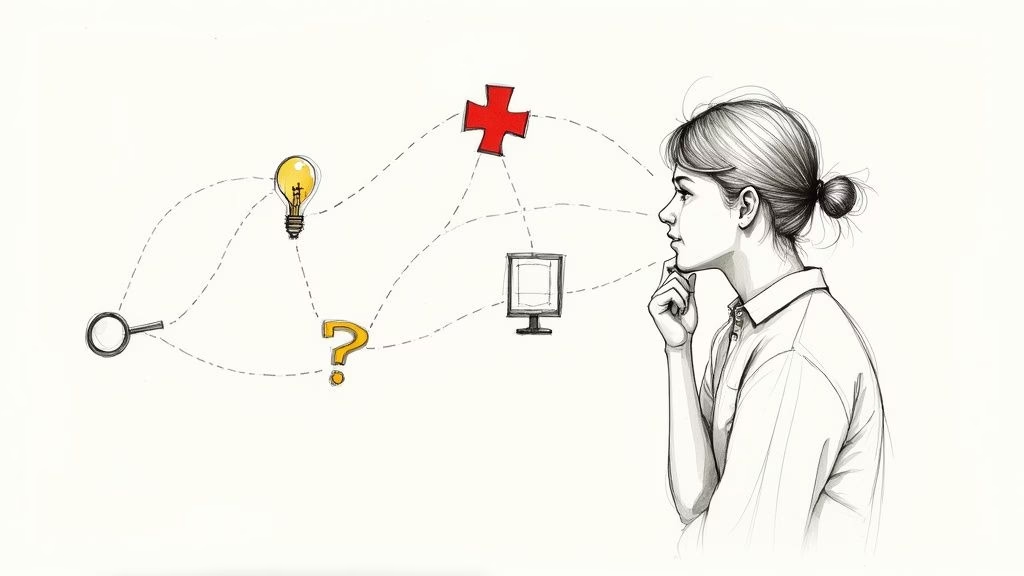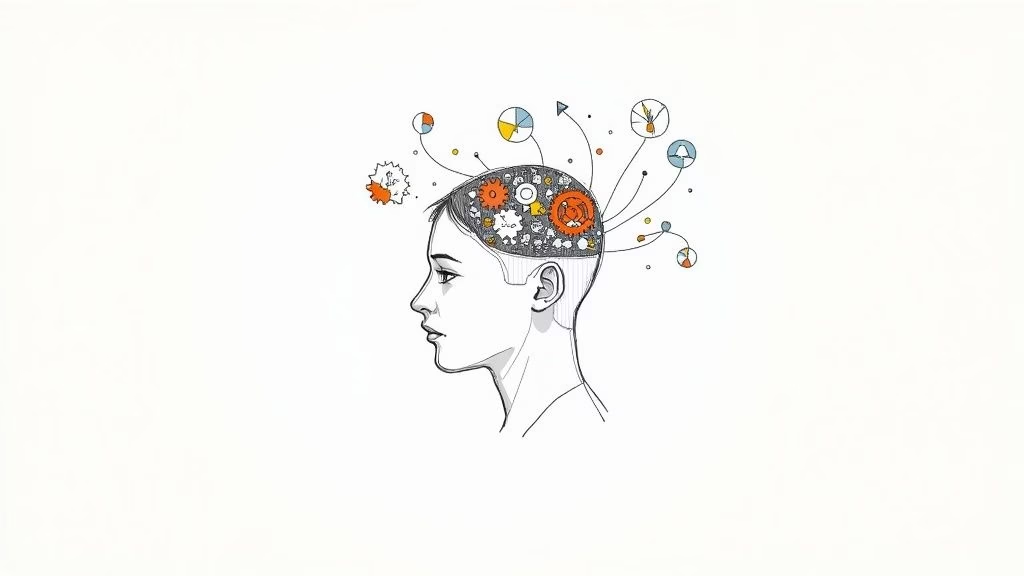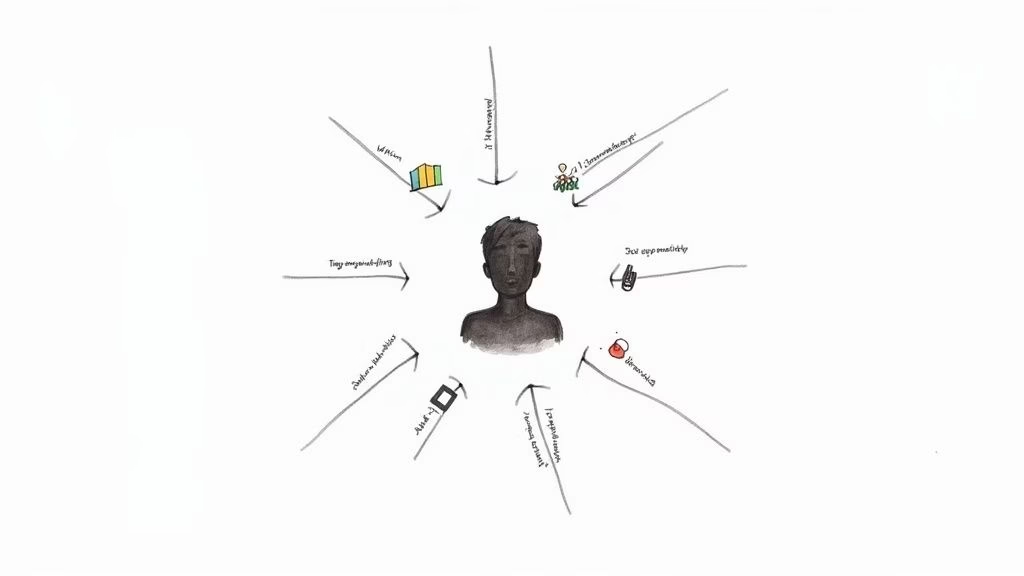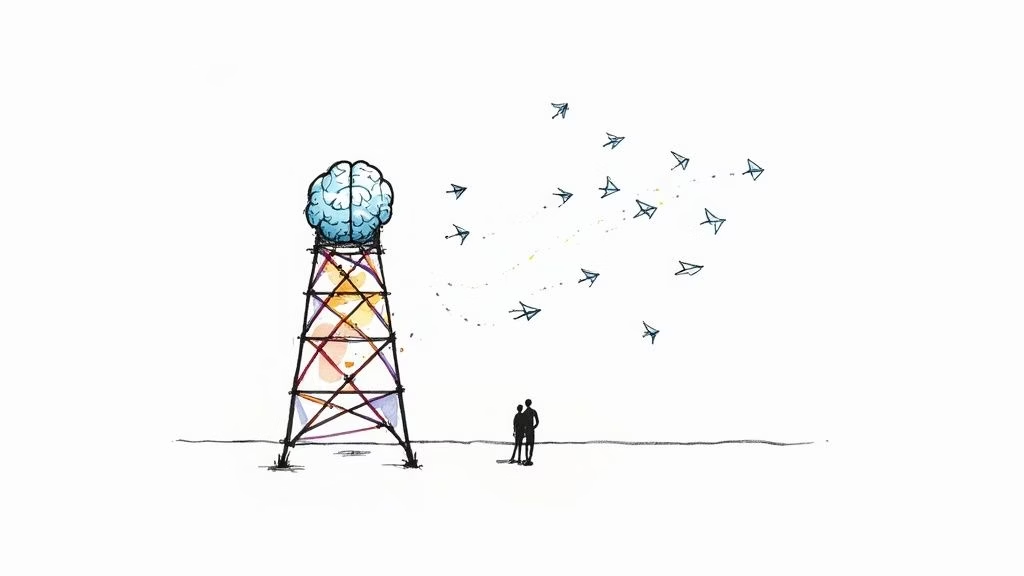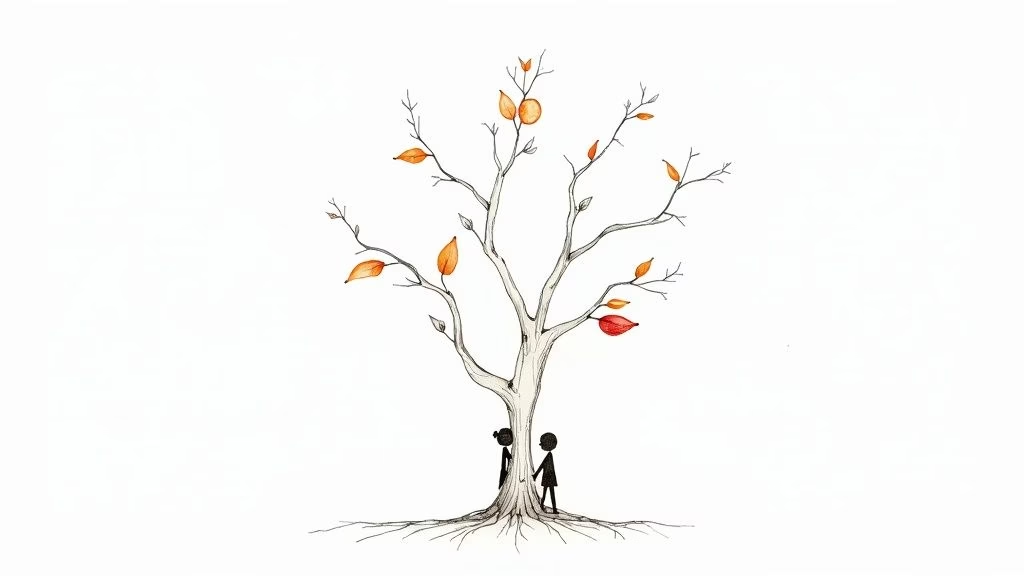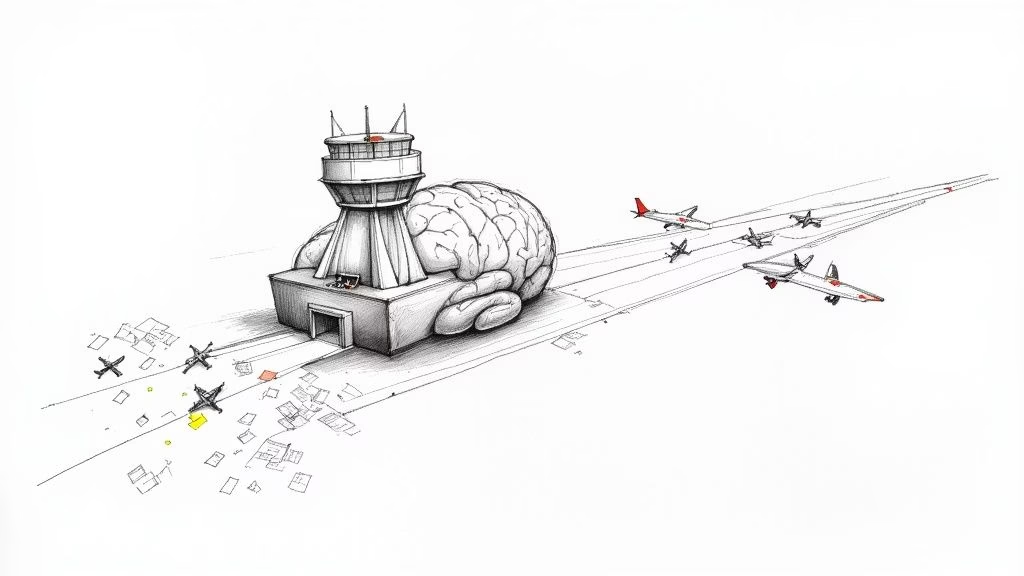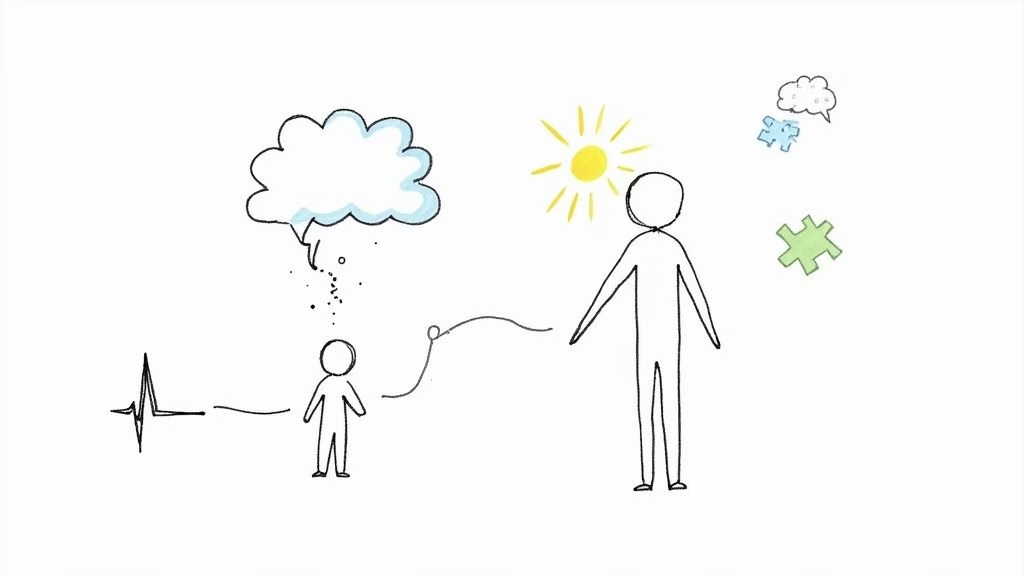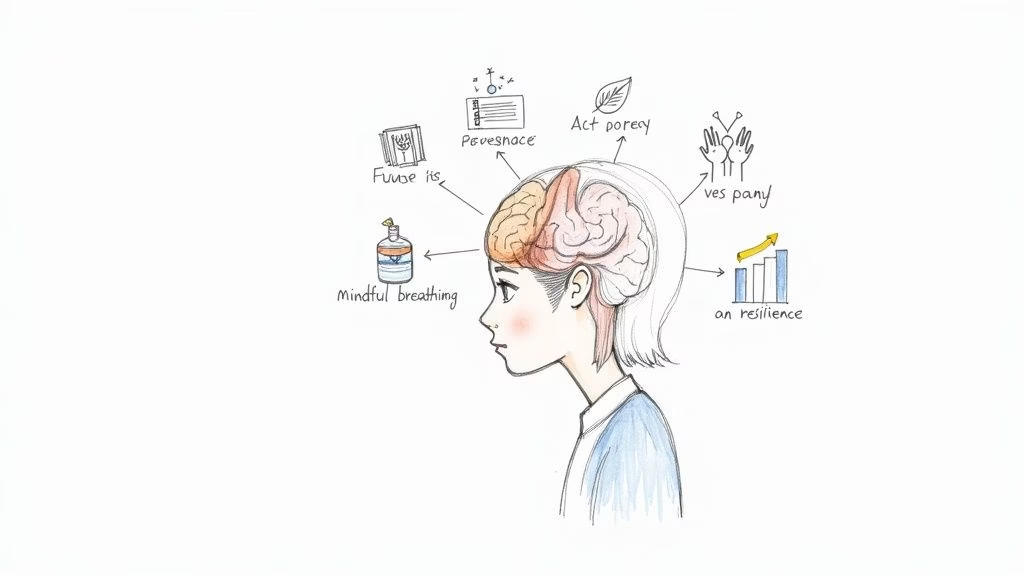By Andrew Petrillo – Life Coach for Teens
Social media was designed to connect us. But for many teens today, it’s become a constant source of anxiety, distraction, and comparison. If you’re feeling overwhelmed, you’re not alone—and the science backs it up.
In his powerful book The Anxious Generation, social psychologist Jonathan Haidt reveals how the rise of smartphones and social media has contributed to a massive spike in anxiety, depression, and loneliness among teens. Haidt argues that “phone-based childhood” has replaced real-world play, face-to-face connection, and self-directed exploration—all essential for healthy development.
As a teen life coach who’s worked with students feeling stuck, anxious, or just meh, I know how hard it can be to break the scroll cycle. I’ve also had to work through my own struggles with anxiety. It wasn’t easy, but getting outside—into the mountains and the ocean—helped me tune into something deeper: my intrinsic motivation.
Here are 5 ways you can begin to take back control from social media and reconnect with your real life—and real self.
1. Turn Off Notifications
Every ping, badge, or buzz is designed to pull your attention. It’s not your fault that it’s hard to focus—apps are engineered to hijack your brain.
Try this: Turn off non-essential notifications for a week. Notice how your mental space shifts. As Haidt points out, this simple step can reduce cognitive overload and help you reclaim your attention span.
2. Replace, Don’t Just Remove
Quitting cold turkey rarely works unless you replace the habit. What can you do instead of scrolling TikTok when you’re bored or anxious?
For me, it was movement—especially time in nature. Whether I was surfing or climbing, being fully present outdoors reminded me what it feels like to be in flow—not distracted, but alive.
Challenge: Try 15 minutes of walking, drawing, journaling, or even just listening to music without your phone nearby. Build your toolkit.
3. Rebuild Real-World Friendships
Haidt emphasizes the importance of in-person social interaction for developing resilience and emotional health. Online connection isn’t the same as face-to-face laughter, shared meals, or spontaneous adventures.
Idea: Make a weekly plan to meet a friend in person—no phones allowed for at least part of the time. Relearn how to be fully present with people.
4. Create Before You Consume
One of the fastest paths to motivation is creating something. Social media often puts you in a passive consumer role, comparing yourself to others’ highlight reels. But when you create—art, music, videos, ideas—you move into active self-expression.
As someone who’s designed bikes, climbed big walls, and coached teens through launching passion projects, I’ve seen how creativity can light a fire from within.
Ask yourself: What do I want to build? Who do I want to become?
5. Set Tech Boundaries That Support Your Goals
Jonathan Haidt recommends what he calls a “phone-free childhood”—but it’s not just for kids. Even teens and young adults benefit from setting up intentional tech limits.
Try this:
- No phones in the bedroom overnight
- Tech-free meals
- A Sabbath from screens one day per week
When I coach teens one-on-one, this is often the turning point—when they stop letting the algorithm set their day and start choosing what actually matters.
Final Thoughts
Social media addiction isn’t a personal failing. It’s the result of living in a world designed to distract us. But that doesn’t mean you’re powerless.
With intention, support, and a little discomfort, you can shift. You can find motivation inside you. You can reconnect with the people, places, and passions that light you up.
If you’re a teen (or the parent of one) struggling with anxiety, distraction, or motivation, I offer life coaching for teens that’s grounded, real, and tailored to what you need most right now.





